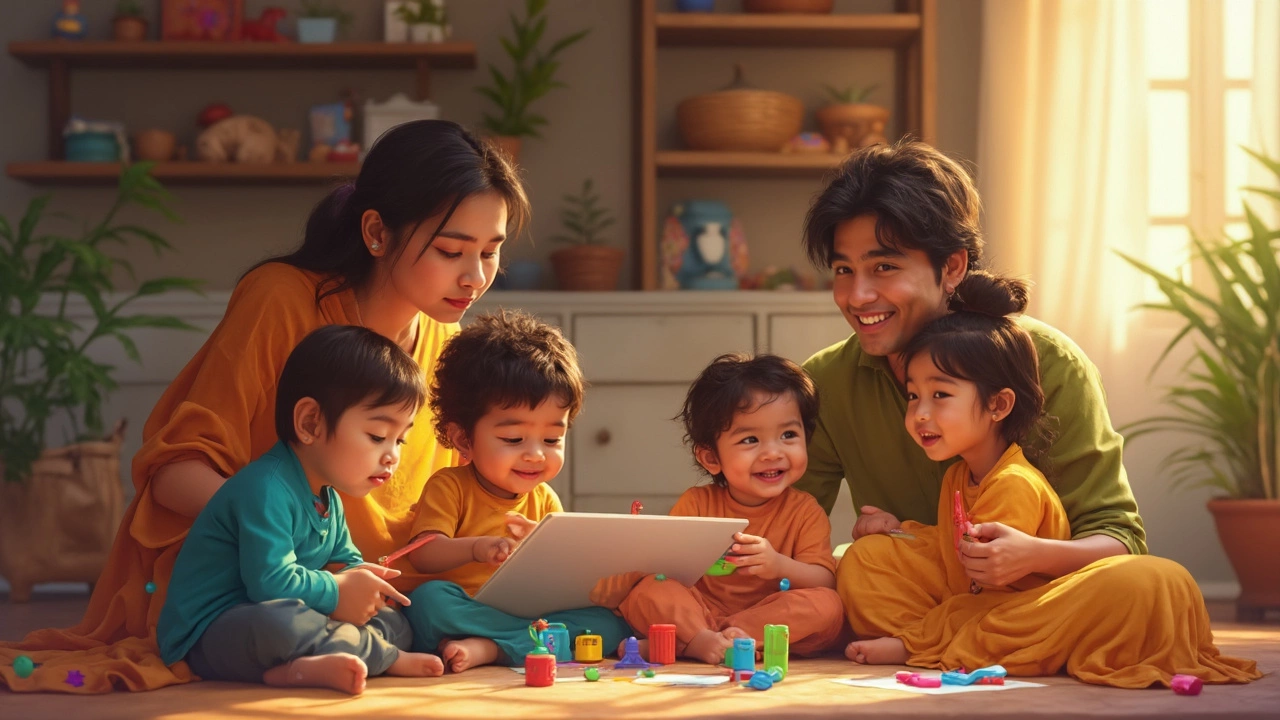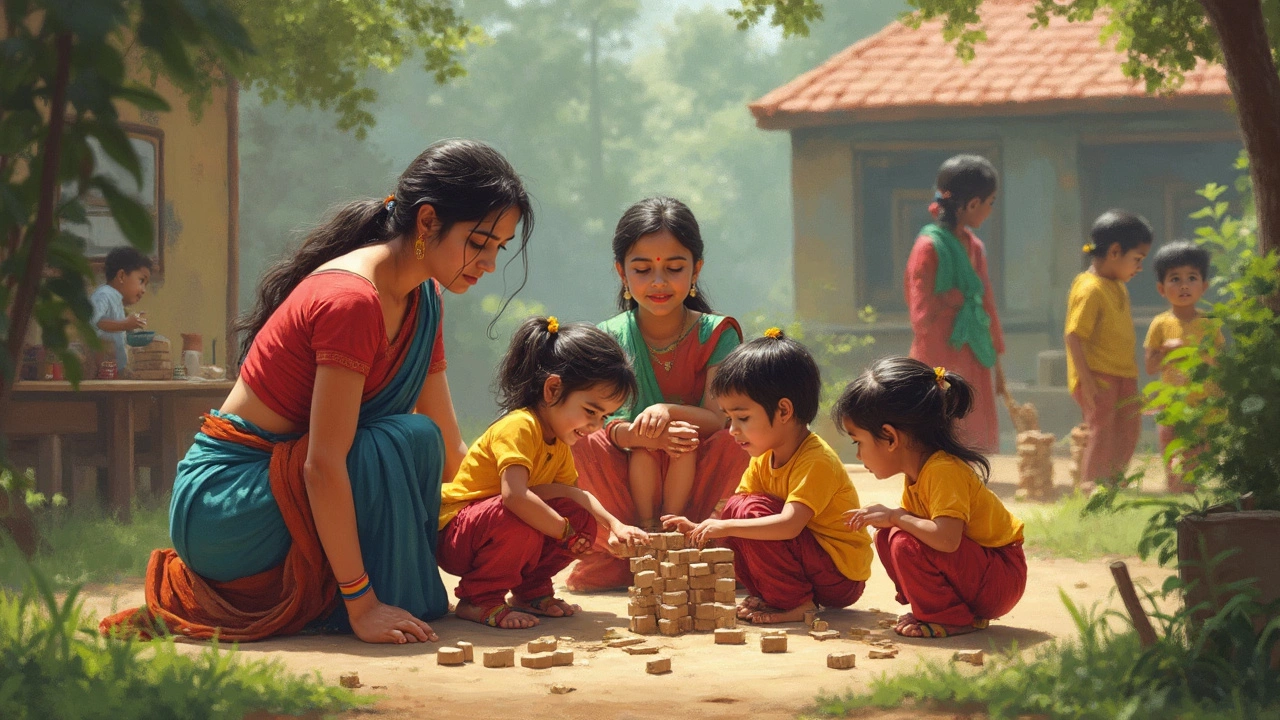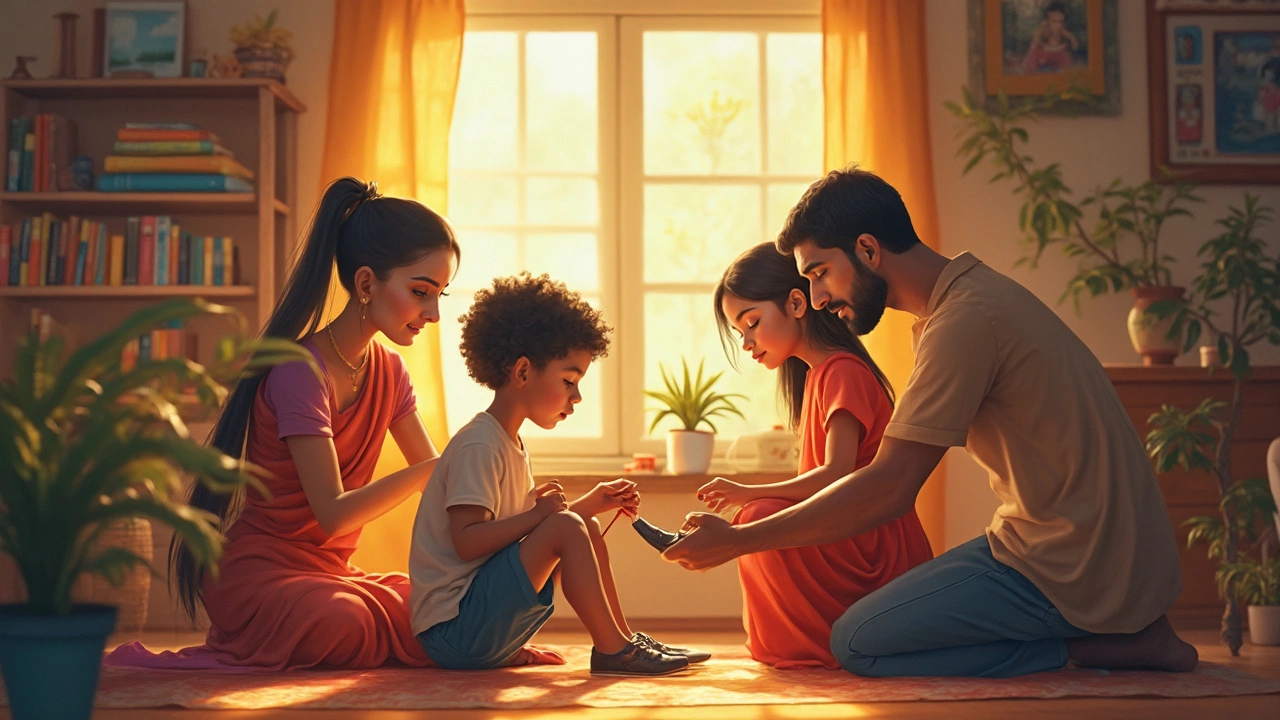5 Essential Developmental Skills Every Child Needs to Succeed

Ever wonder why some kids seem to adapt to new situations faster, or pick up new abilities almost effortlessly while others take a bit longer? It’s not magic and it’s definitely not a race—it all comes down to certain key developmental skills. These aren’t just boxes to check off; they’re the foundation blocks for learning, connecting, and thriving. Most parents know about things like walking and talking, but there’s a whole world of growth happening behind the scenes—stuff that shapes how a child thinks, handles emotions, makes friends, and solves problems for the rest of their lives.
What Are Developmental Skills and Why Do They Matter?
So, what do we actually mean when we say “developmental skills”? Think of them like a child’s toolkit. These skills help kids move from being dependent on adults to gradually figuring life out on their own. The big five include motor, cognitive, language, social, and emotional skills. Each one unlocks a new world for children as they grow. And get this: by age five, a child’s brain is already 90% of its adult size. That means the early years are a goldmine for learning and growth.
Motor skills help kids do everything from holding a crayon to kicking a ball. Cognitive skills are about figuring out how stuff works—like what sinks or floats in the bath, or how to count blocks. Language skills are what turn babble into “Mommy, look at me!” Social skills come into play during playdates and preschool chaos, while emotional skills are how kids learn to handle big feelings, from birthday party excitement to losing a pet.
Sure, every child is unique, but these five skills develop in pretty predictable ways. There’s tons of research on this—like the “Ages and Stages Questionnaire,” which early childhood educators use to track how children are growing. Missing milestones in one area can sometimes mean a kid needs a bit of extra support. On the bright side, spotting strengths or challenges early often leads to better long-term outcomes.
The Power of Motor Skills (Gross and Fine Motor)
Let’s start with motor skills, because they’re the easiest to see in action. Gross motor skills use those big muscles—think running, jumping, climbing. Fine motor skills are the tiny, detailed jobs like zipping a jacket, stacking blocks, or doodling shapes. You can almost always spot where a child is strong: some are fearless on the playground but struggle to cut paper, while others create masterpieces with Legos but avoid the jungle gym. Both types are important, and one doesn’t replace the other.
Here’s something a lot of parents miss: strong motor skills build confidence. A child who can successfully balance on a curb or pedal a tricycle gets a boost of “I did it!”—and that confidence ripples out into everything else. Simple games work wonders. Try setting up an obstacle course out of couch cushions, or for fine motor skills, have a sorting race with buttons or coins. Did you know that preschoolers who play with playdough actually build up the hand strength needed for writing?
Common concerns usually come up around hand dominance (when your child prefers one hand over the other). Most kids settle this between ages 4 and 6, so don’t sweat it if your preschooler still switches hands. If you’re worried about clumsiness or delays, most pediatricians recommend activities over quick fixes. In rare cases, physical therapy can help. But for the vast majority of kids, time and play do wonders.
| Age | Typical Gross Motor Skill | Typical Fine Motor Skill |
|---|---|---|
| 1 year | Walking with support | Pincer grasp (picking up small objects) |
| 2 years | Running | Stacking blocks |
| 3 years | Jumping, climbing | Drawing circles |
| 4 years | Hopping on one foot | Cutting paper |
| 5 years | Skipping, balancing | Tying shoelaces |

Cognitive Skills: Building Curiosity and Problem-Solving
If motor skills get kids moving, cognitive skills get them thinking. These are all about memory, reasoning, attention, and curiosity. Ever catch a toddler repeating “Why?” over and over? That’s cognitive skill-building in action—they’re building a database of how the world works. At age two, the average child understands about 300 words, but what blows minds is that by age six, this jumps to around 13,000 words! That kind of leap isn’t just about vocabulary—it’s about connecting dots between thoughts, places, and feelings.
Parents often wonder: Should I sign my kid up for “brain-boosting” apps or classes? Honestly, nothing replaces the good old-fashioned stuff—playing pretend, reading books, making up silly songs, counting pebbles on a hike. A study from the American Academy of Pediatrics showed that children exposed to regular, unstructured play actually outperform their peers on problem-solving tasks. Screen time is okay in moderation, but real experiences light up more areas of the brain.
Cognitive skills show up when kids sort toys into colors, recognize patterns, or remember what comes next in a bedtime story. They get sharper through curiosity. That’s why letting your child “help” with cooking or gardening (no matter how messy!) pays off. You’ll see memory, attention, and cause-and-effect thinking firing together. And if your child seems behind on puzzles or recognizing numbers, don’t panic—kids develop at very different speeds in this area. Teachers often use simple games like “Simon Says” to boost attention and working memory. You can do the same at home.
Language, Social, and Emotional Skills
Language skills aren’t just about talking—they’re about connecting. By the time a child heads to kindergarten, they’ve usually mastered the “w” questions: who, what, when, where, and why. These are the tools for building conversations, telling stories, and making friends. Reading aloud every day is the single most effective tip for supporting language growth, according to the National Institute for Literacy. Kids who hear 30 million words by age three are more likely to be strong readers later. That sounds wild, but it shows the power of simple, everyday chatter.
Social skills often develop on the playground, where you see everything from sharing woes to squabbles over whose turn it is. These early relationships aren’t just about play, but about learning patience, empathy, and negotiation. If your child seems shy or has trouble joining in, it’s usually not a red flag—many kids warm up with practice. Routinely spending time in groups—library story hour, soccer, or even neighborhood play—gives children chances to find their voice and make friends.
Emotional skills are the control center of the toolkit. Young kids have huge feelings and small vocabularies, so meltdowns are more about not having the right words than bad behavior. The trick? Label feelings out loud. Instead of “Stop crying,” try “You’re sad because you lost your toy.” This teaches the language of feelings. Studies show that children with better emotional skills in preschool adapt better in school and have fewer problems with anxiety or aggression later. If you’re seeing a lot of tantrums, try emotion coaching: validate the feeling, offer comfort, and explain what comes next. It pays off, even if it feels tough in the moment.
- Motor skill tip: Get outside whenever possible—nature is the biggest, best playground for building muscles.
- Cognitive skill tip: Play classic memory games instead of relying on screens; “I Spy” on the drive works wonders.
- Language skill tip: Pause while reading to ask “What do you think happens next?” to encourage prediction skills.
- Social skill tip: Model manners and gentle words at home—it rubs off faster than you’d think.
- Emotional skill tip: Keep a “feelings chart” on the fridge and let kids check in at the start and end of the day.

How to Support Each Developmental Skill at Home
You don’t need fancy tools or lots of time—just everyday moments and a bit of patience. The biggest boost comes from being present. Children learn best when they feel safe and understood. If you’re juggling work and home life, small things make a big difference. Ten minutes of focused play or chat beats an hour of distracted time any day.
Mix skill-building into routines. For example, have your child “help” set the table to practice counting plates (cognitive skill) and pouring water (motor skill). Encourage making up rhymes on the walk to the park (language skill), or invite them to help plan a weekend event, talking about what each person might want (social and emotional skills).
Don’t worry if your child’s skills aren’t perfectly even. Most kids have a “spiky profile”—excelling in one area while catching up in another. Focus on growth, not perfection. If you’re ever truly concerned, pediatricians and early intervention teams can offer guidance, but usually, kids just need time and encouragement.
Here’s another fact: culture, genetics, and environment all influence developmental skills. Researchers found that children who regularly eat family dinner (without TV) have better language and emotional skills. It’s not the food—it’s the talking, laughing, and shared attention. Even bedtime routines matter. Kids who listen to stories each night show a bump up in vocabulary and memory.
Keep it simple. If you remember nothing else, know that play, talk, and connection are your most powerful tools. Stop comparing with other families—every child has their own timeline and strengths. Focus on giving your child a wide range of experiences, from mud pies to puzzles to backyard soccer—let them try, fail, learn, and try again.
To sum it all up, the big five developmental skills—motor, cognitive, language, social, and emotional—shape everything from friendships to school success and future independence. Invest in simple, playful, daily routines, and you’re already giving your child the most valuable gift.
